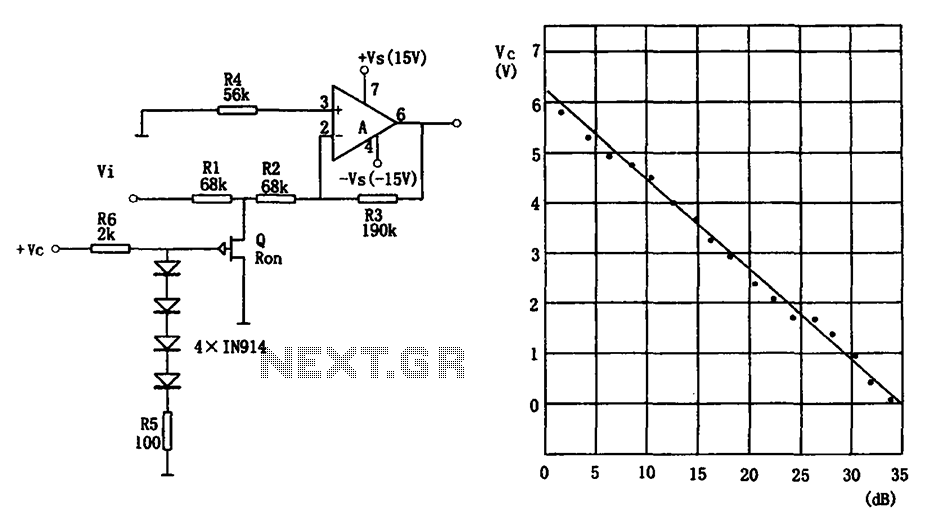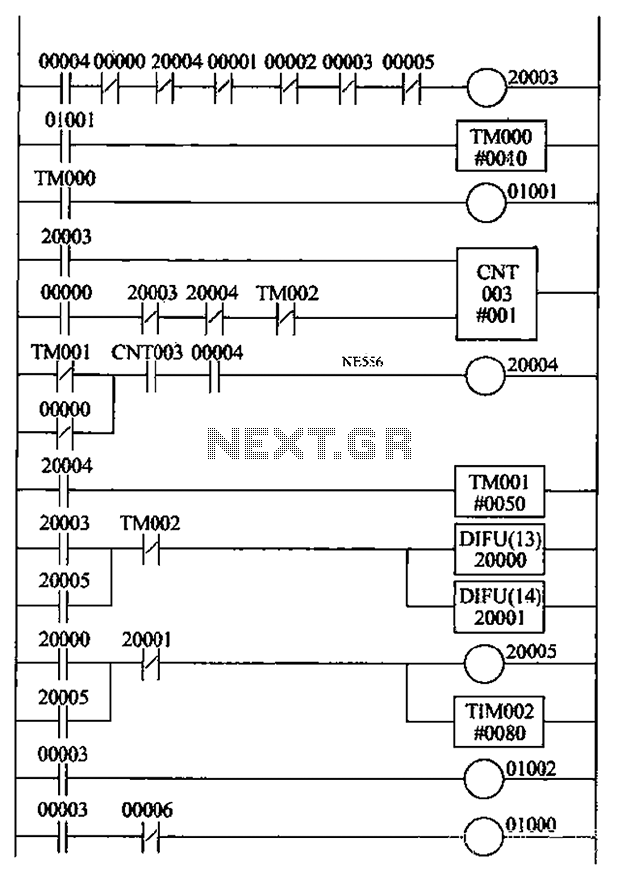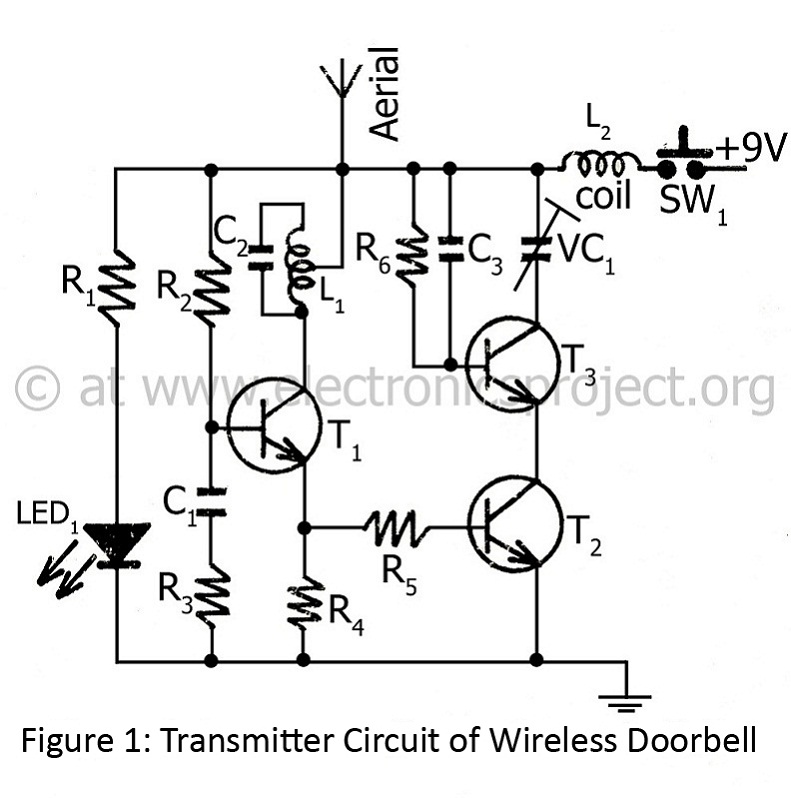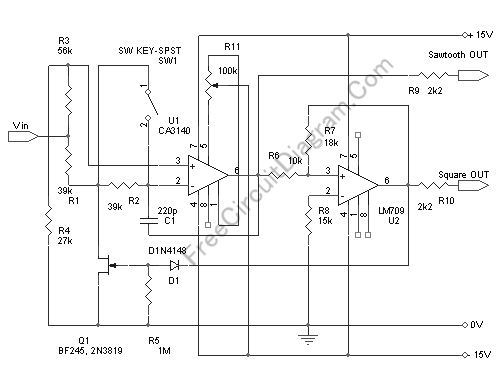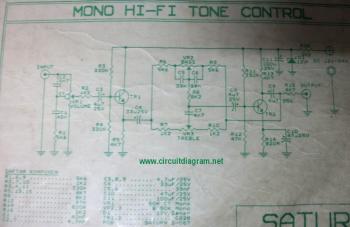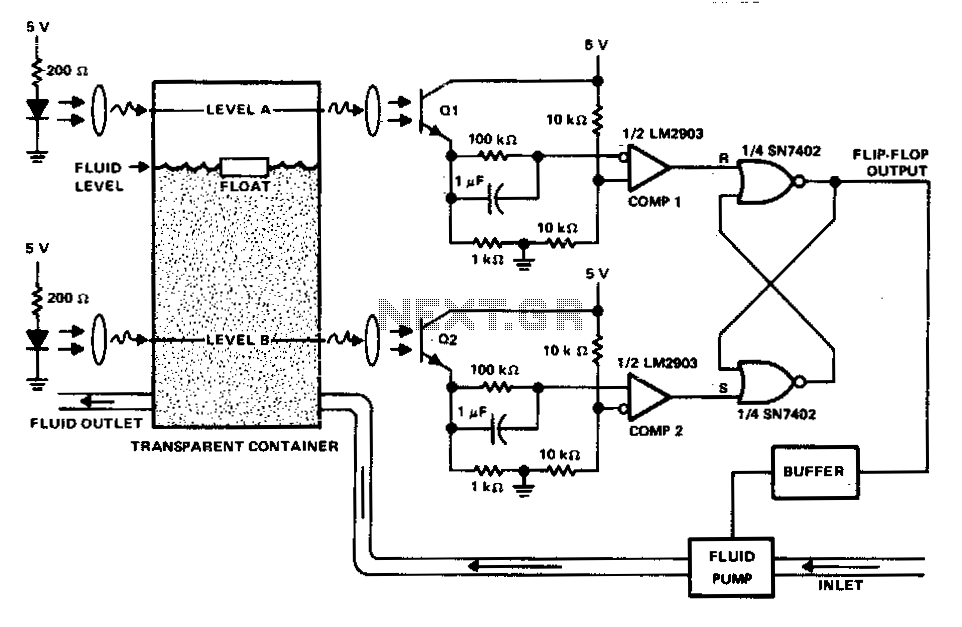
temp control fan hardware
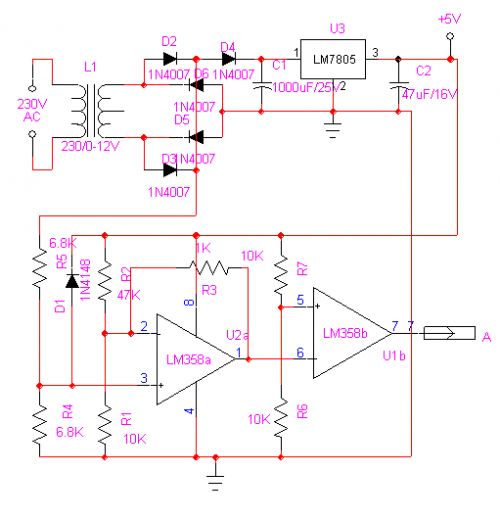
Create a temperature-controlled fan circuit using a 15V AC power supply instead of a 230V AC supply. Clarification is needed on whether it is necessary to change the triac and resistor in the provided diagram. Additionally, it is important to know if a MOC3041 triac driver optoisolator can replace the MOC3011, considering the likelihood of the optoisolator/driver not functioning at lower voltages. The triac can function properly, and it is possible to eliminate the MOC3021/11/41 if the 15VAC is rectified to DC. The triac (or SCR) can be directly controlled using a 1K resistor connected to its gate, along with a standard optocoupler like PC817 or MCT2E. The question remains regarding the placement of the rectifier in the circuit and the resulting DC voltage after conversion. If the AC is converted to DC, it is necessary to determine if both AC and DC fans can be used. If the rectifier converts 15VAC to 15VDC, it raises the question of whether a 15V DC power supply can be utilized by removing the rectifier from the circuit. The optocoupler has five pins, with pin 5 for +5V DC and pin 4 connected to a resistor. Clarification is needed on the connections for the remaining pins, particularly if pin 1 connects to port 22 of the microcontroller. The LED portion of the optocoupler should mirror the original schematic's configuration. If a DC supply is used for the fan, the bridge rectifier can be removed. The LED in the optocoupler should be connected as it was in the MOC3011 configuration, and pin 6 (collector) should be left unconnected. The power supply type is still under consideration, with a preference for a 15V DC supply to eliminate the need for a bridge rectifier, which implies that a 15V DC fan should also be used. The proposed circuit design would incorporate a 15V DC power supply and fan. Alternatively, a DC motor driver like L293D can be utilized for ease of use and effective motor control. The LED connections in the optocoupler should align with the MOC3011 setup, where pin 1 connects to +5V DC and pin 2 to port 22 of the 8051 microcontroller. Various general optoisolators such as PC817, MCT2E, and 4N25 can be used, with the datasheet consulted for pin configurations. The assembly code for the circuit should remain consistent whether using MOC3011 or a 203V AC power supply, maintaining the same functionality. Connection instructions for the circuit, particularly regarding the multiplexed seven-segment LED display connected to Port0, have been provided, indicating that port0.0 connects to segment "a", port0.1 to "b", and so on, with port0.7 left unconnected. This section of the circuit links to port 13 of the 8051, converting 230V AC into 5V.
The temperature-controlled fan circuit is designed to operate from a 15V AC power supply, which can be converted to a 15V DC supply using a rectifier. The triac or SCR used in the circuit is responsible for controlling the fan's operation in response to temperature changes. When rectifying AC to DC, it is essential to consider the voltage drop across the rectifier diodes, which may result in a slightly lower DC voltage than expected.
The proposed configuration involves replacing the MOC3011 with a general-purpose optocoupler, such as the PC817 or MCT2E. The optocoupler's LED should be connected in the same manner as in the original schematic to ensure proper operation. The optocoupler's output can then be connected to the gate of the triac, allowing for effective control of the fan. Pin configurations of the optocoupler should be verified against the datasheet to ensure accurate connections.
In the case of using a DC power supply, the bridge rectifier can be omitted, simplifying the circuit design. The fan should be compatible with the chosen power supply type, whether AC or DC. If a DC fan is selected, a power MOSFET may be employed to control the fan's speed effectively. The fan's wattage must be considered to ensure that the selected components can handle the required load.
The multiplexed seven-segment LED display connected to Port0 of the microcontroller should be wired according to the specified connections, allowing for clear visual feedback on the circuit's operation. The microcontroller's programming will control the fan based on the temperature readings, ensuring optimal performance.
In summary, careful consideration of the power supply type, component selection, and circuit connections will lead to a successful implementation of the temperature-controlled fan circuit.Make this temperature controlled fan and since i am using 15V AC power supply instead of 230V AC. what i want to know is if i would have to change the triac and the resister shown in the diagram below and also if i can use MOC3041 Triac driver optoisolator (RC) instead of MOC3011 the chances are that the opto isolator/driver may not work at such low voltages. the triac will work. you can get rid of the MOC3021/11/41, if you can rectify the 15 VAC into DC and directly use the triac (or SCR) with 1K resistor to its gate and use a normal optocoupler like PC817 or MCT2E thankyou for your reply arun. but from this all i understand soo far is to keep everything in the circuit and replace the MOC3011 with optocoupler as shown in the diag below.
what i dont understand is to where to put the rectifier on the circuit. I mean if i convert the ac to dc, what value of dc would this give me and if i am converting ac into dc then can i use both ac and dc fans i was just wondering if the rectifier converts the 15Vac into 15Vdc can i just use a 15V or something dc power supply and remove the rectifier from the circuit and also on ur diagram above u have 5pins for the optocoupler. pin5 for +5V dc, pin4 going into resistor and what about the rest, is pin1 going into the port 22 of the microcontroller and where are the rest of the pins going Yes, if you use DC supply for fan then you can remove the bridge ( but you first said you had 15V AC ).
The LED part of the optocoupler in my diagram should be connected the same way its in your original schematic. and you don`t have to connect the pin 6 ( collector), leave it floating. I think you have to be clear in what you intend to do, you had first said you have a 15V AC supply for fan and now you are saying you have 15VDC supply - if the latter is true then you can simply use a power mosfet to run the DC fan ( BTW you haven`t said anything about fan`s wattage).
im very sorry if i have not made it clear about my power supply. basically i am still thinking about the power supply and which one to use. looking at my options now. i think i should use a 15V dc power supply as i wont have to use the bridge. this also means i should use a 15V dc fan. So u mean the circuit should look like this below if i am using 15v dc power supply and 15v dc fan. or you can make use of dc motor driver like L293D (see tutorial for more information) its easy to use and controls motor over good range of voltage and current. i also noticed that u said that the led part of the optocoupler should be connected in the same way as it was with the moc3011.
but in moc3011 on the left hand side, the upper pin(pin1) is going to 5v dc and the lower pin2 one going to port22 of 8051. pin6 into triac and pin4 into resistor. but in optocoupler pin4 is connected to the resistor which is connected to triac and pin5 is connected to 5v DC.
and im assuming the pin2 is going into port22 of 8051 and pin1 to 5v dc if i am right digital guy, you can use any general opto like : PC817, MCT2E, 4N25, . etc if you have any other opto on hand then search for its datasheet to know its pin out. i was just wondering if the assembly code for the circuit will be the same for the circuit with moc3011 and 203V ac power supply at ( and it will work in the same way and have the same features.
i just wanted to ask how i should connect it in the same way as the diagram below. there are no pin letters ( a, b, c etc) and there seem to be no dp pin as only 7 lines from microcontroller are used. i am using a breadboard. in the above schematic the multiplexed seven segment LED display is connected to Port0, about the connections- port0.
0 is connected to segment "a", port0. 1 to "b". so on upto port0. 6 which is connected to "g". since the dp is not used port0. 7 is left unconnected. this part of the circuit is attached to port 13 of the 8051. and if i am not mistaken it just converts 230V ac into 5v 🔗 External reference
The temperature-controlled fan circuit is designed to operate from a 15V AC power supply, which can be converted to a 15V DC supply using a rectifier. The triac or SCR used in the circuit is responsible for controlling the fan's operation in response to temperature changes. When rectifying AC to DC, it is essential to consider the voltage drop across the rectifier diodes, which may result in a slightly lower DC voltage than expected.
The proposed configuration involves replacing the MOC3011 with a general-purpose optocoupler, such as the PC817 or MCT2E. The optocoupler's LED should be connected in the same manner as in the original schematic to ensure proper operation. The optocoupler's output can then be connected to the gate of the triac, allowing for effective control of the fan. Pin configurations of the optocoupler should be verified against the datasheet to ensure accurate connections.
In the case of using a DC power supply, the bridge rectifier can be omitted, simplifying the circuit design. The fan should be compatible with the chosen power supply type, whether AC or DC. If a DC fan is selected, a power MOSFET may be employed to control the fan's speed effectively. The fan's wattage must be considered to ensure that the selected components can handle the required load.
The multiplexed seven-segment LED display connected to Port0 of the microcontroller should be wired according to the specified connections, allowing for clear visual feedback on the circuit's operation. The microcontroller's programming will control the fan based on the temperature readings, ensuring optimal performance.
In summary, careful consideration of the power supply type, component selection, and circuit connections will lead to a successful implementation of the temperature-controlled fan circuit.Make this temperature controlled fan and since i am using 15V AC power supply instead of 230V AC. what i want to know is if i would have to change the triac and the resister shown in the diagram below and also if i can use MOC3041 Triac driver optoisolator (RC) instead of MOC3011 the chances are that the opto isolator/driver may not work at such low voltages. the triac will work. you can get rid of the MOC3021/11/41, if you can rectify the 15 VAC into DC and directly use the triac (or SCR) with 1K resistor to its gate and use a normal optocoupler like PC817 or MCT2E thankyou for your reply arun. but from this all i understand soo far is to keep everything in the circuit and replace the MOC3011 with optocoupler as shown in the diag below.
what i dont understand is to where to put the rectifier on the circuit. I mean if i convert the ac to dc, what value of dc would this give me and if i am converting ac into dc then can i use both ac and dc fans i was just wondering if the rectifier converts the 15Vac into 15Vdc can i just use a 15V or something dc power supply and remove the rectifier from the circuit and also on ur diagram above u have 5pins for the optocoupler. pin5 for +5V dc, pin4 going into resistor and what about the rest, is pin1 going into the port 22 of the microcontroller and where are the rest of the pins going Yes, if you use DC supply for fan then you can remove the bridge ( but you first said you had 15V AC ).
The LED part of the optocoupler in my diagram should be connected the same way its in your original schematic. and you don`t have to connect the pin 6 ( collector), leave it floating. I think you have to be clear in what you intend to do, you had first said you have a 15V AC supply for fan and now you are saying you have 15VDC supply - if the latter is true then you can simply use a power mosfet to run the DC fan ( BTW you haven`t said anything about fan`s wattage).
im very sorry if i have not made it clear about my power supply. basically i am still thinking about the power supply and which one to use. looking at my options now. i think i should use a 15V dc power supply as i wont have to use the bridge. this also means i should use a 15V dc fan. So u mean the circuit should look like this below if i am using 15v dc power supply and 15v dc fan. or you can make use of dc motor driver like L293D (see tutorial for more information) its easy to use and controls motor over good range of voltage and current. i also noticed that u said that the led part of the optocoupler should be connected in the same way as it was with the moc3011.
but in moc3011 on the left hand side, the upper pin(pin1) is going to 5v dc and the lower pin2 one going to port22 of 8051. pin6 into triac and pin4 into resistor. but in optocoupler pin4 is connected to the resistor which is connected to triac and pin5 is connected to 5v DC.
and im assuming the pin2 is going into port22 of 8051 and pin1 to 5v dc if i am right digital guy, you can use any general opto like : PC817, MCT2E, 4N25, . etc if you have any other opto on hand then search for its datasheet to know its pin out. i was just wondering if the assembly code for the circuit will be the same for the circuit with moc3011 and 203V ac power supply at ( and it will work in the same way and have the same features.
i just wanted to ask how i should connect it in the same way as the diagram below. there are no pin letters ( a, b, c etc) and there seem to be no dp pin as only 7 lines from microcontroller are used. i am using a breadboard. in the above schematic the multiplexed seven segment LED display is connected to Port0, about the connections- port0.
0 is connected to segment "a", port0. 1 to "b". so on upto port0. 6 which is connected to "g". since the dp is not used port0. 7 is left unconnected. this part of the circuit is attached to port 13 of the 8051. and if i am not mistaken it just converts 230V ac into 5v 🔗 External reference
